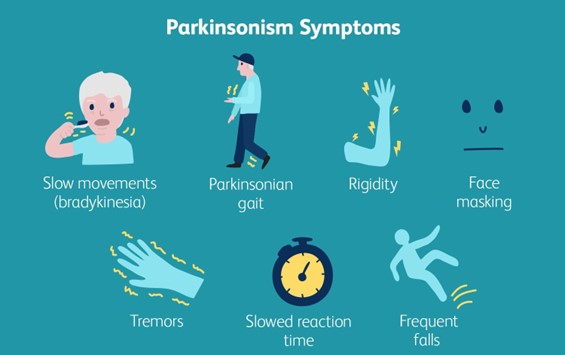A nurse is delegating tasks to the assistive personnel (AP). The nurse should direct the AP to complete which of the following tasks first?
Deliver a clean voided urine specimen to the laboratory.
Feed a client who has bilateral casts due to upper arm fractures.
Perform blood glucose monitoring of a client who has a prescription for short-acting insulin prior to breakfast.
Obtain an extra box of tissues for a client who is concerned about running out of them.
The Correct Answer is C
Choice A reason: Delivering a urine specimen to the laboratory is not a priority task, as it does not affect the client's immediate health or safety. This task can be done later or delegated to another staff member.
Choice B reason: Feeding a client who has bilateral casts is an important task, as it helps the client meet their nutritional needs and prevents complications such as pressure ulcers. However, this task is not as urgent as monitoring blood glucose levels, as it can be done within a reasonable time frame without causing harm to the client.
Choice C reason: Performing blood glucose monitoring of a client who has a prescription for short-acting insulin is a priority task, as it determines the dosage of insulin that the client needs to receive. Insulin is a high-alert medication that can cause serious adverse effects if given incorrectly. Therefore, this task should be done first by the AP who has been trained and certified to do so.
Choice D reason: Obtaining an extra box of tissues for a client who is concerned about running out of them is a low-priority task, as it does not affect the client's physical or psychological well-being. This task can be done at any time or delegated to another staff member.
Nursing Test Bank
Naxlex Comprehensive Predictor Exams
Related Questions
Correct Answer is ["A","C","E"]
Explanation
Choice A reason: Asking how they are managing at home is an appropriate action by the nurse. It shows respect and interest in the client's situation and helps to assess their needs, challenges, and goals.
Choice B reason: Going automatically into the client's bedroom is not an appropriate action by the nurse. It violates the client's privacy and autonomy and may make them feel uncomfortable or threatened. The nurse should ask for permission before entering any room in the client's home.
Choice C reason: Arranging mutual future visits is an appropriate action by the nurse. It demonstrates collaboration and commitment and helps to establish a trusting relationship with the client. It also allows the nurse to plan and coordinate the care and follow-up.
Choice D reason: Thanking the client for arranging a home visit is not an appropriate action by the nurse. It implies that the home visit is a favor or a burden, rather than a professional service that the client is entitled to. It may also undermine the nurse's authority and credibility.
Choice E reason: Sitting down and discussing with the client and family members is an appropriate action by the nurse. It indicates that the nurse values the client's perspective and input, and recognizes the family as an important source of support and information. It also facilitates communication and education and promotes shared decision-making.
Correct Answer is A
Explanation
Choice A reason: Giving the patient extra time to perform activities is an appropriate action by the nurse. Bradykinesia is a symptom of Parkinson's disease that causes slow and reduced movement, making it difficult for the patient to initiate and complete tasks. The nurse should respect the patient's autonomy and dignity, and allow them to do as much as they can by themselves, without rushing or interfering.
Choice B reason: Teaching the client to walk more quickly when ambulating is not an appropriate action by the nurse. Bradykinesia can affect the patient's gait and balance, making them prone to falls and injuries. The nurse should not encourage the patient to walk faster than their ability, but rather provide them with assistive devices, such as a cane or walker, and ensure a safe environment.
Choice C reason: Placing the client on a low-protein, low-calorie diet is not an appropriate action by the nurse. Bradykinesia does not require any specific dietary modifications, unless the patient has other comorbidities, such as diabetes or hypertension. The nurse should ensure that the patient has adequate nutrition and hydration, and avoid foods that may interfere with their medication absorption, such as high-fiber or high-fat foods.
Choice D reason: Completing passive range-of-motion exercises daily is not an appropriate action by the nurse. Bradykinesia can cause muscle stiffness and rigidity, which can limit the patient's range of motion and flexibility. The nurse should encourage the patient to do active range-of-motion exercises, which involve moving their own joints to their full extent, rather than passive ones, which involve someone else moving their joints for them. Active exercises can help maintain muscle strength and joint mobility and prevent contractures and deformities.

Whether you are a student looking to ace your exams or a practicing nurse seeking to enhance your expertise , our nursing education contents will empower you with the confidence and competence to make a difference in the lives of patients and become a respected leader in the healthcare field.
Visit Naxlex, invest in your future and unlock endless possibilities with our unparalleled nursing education contents today
Report Wrong Answer on the Current Question
Do you disagree with the answer? If yes, what is your expected answer? Explain.
Kindly be descriptive with the issue you are facing.
